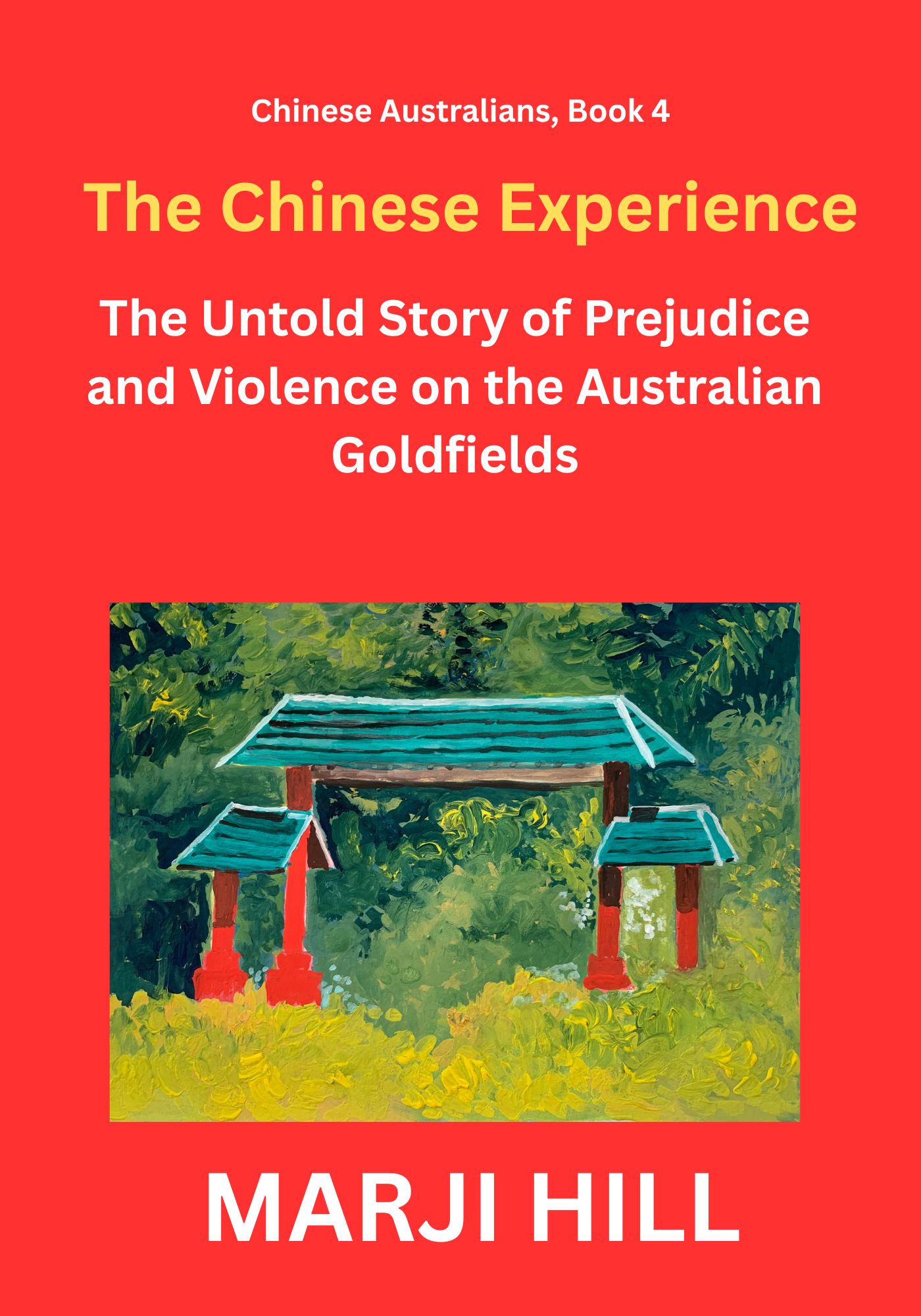Launch Of New Book Series
Launch Of New Book Series

Discover the untold story of the Chinese in Australia in this launch of a new book series.
Australia’s history is full of surprising and inspiring stories — and one of the most fascinating is the story of the Chinese in Australia. The Chinese Australians series by Marji Hill invites young readers to uncover this rich and often overlooked part of our past. Aimed at upper primary and lower secondary students, the series explores how Chinese people have helped shape Australia long before the gold rush — and continue to influence our nation today.
Across five beautifully written and researched books, students will travel through time — from ancient trade links to modern multicultural life. Each book in the series tells its own story, yet together they create a bigger picture of connection, courage, and contribution.
Book 1: Australia and China Before Captain Cook
Long before European explorers arrived, there were sea journeys, trade, and cultural exchanges between northern Australia and Asia. This book reveals the surprising connections between Australian shores and Chinese traders centuries ago.
Book 2: Early Chinese Migrants – The First Chinese Australians

Meet the early Chinese settlers who came to Australia in the 1800s as farmers, merchants, and labourers — and discover how they built new lives far from their country.
Book 3: Chinese and Gold – The Chinese on the Australian Goldfields
The gold rush drew thousands of Chinese miners to Australia. Their determination, teamwork, and resilience helped shape the goldfields — and the nation’s growing economy.
Book 4: The Chinese Experience – The Untold Story of Prejudice and Violence on the Australian Goldfields

This gripping book explores the darker side of Australia’s hidden history — the prejudice and violence faced by Chinese miners — and how they stood strong in the face of adversity.
Book 5: The Chinese Legacy – How Migration, Culture and Community Have Influenced Australia
From food and festivals to education and enterprise, this final volume celebrates the lasting legacy of Chinese Australians in shaping modern Australia.
Together, these books open a window into our shared history — a story of exploration, migration, and cultural transformation that continues to define who we are today.
For more on the series click the green button below.
Marji Hill
Author and Coach





















